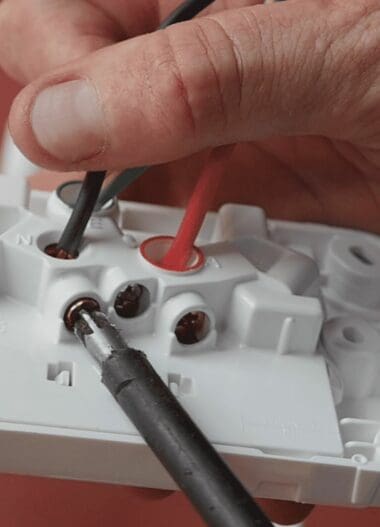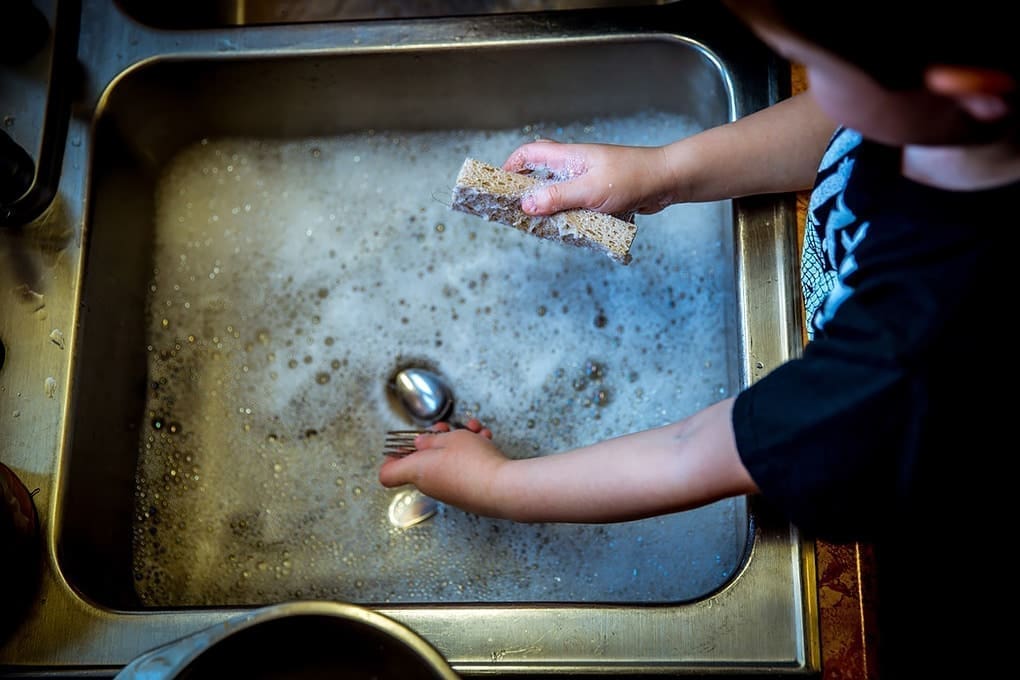
Our kids are our future. They’re the light of our lives; the stars in our universe.
That’s why it’s so important that we create safe environments for our children to grow up in. There’s nothing worse than watching your own child get an electric shock from a freak accident.
Watching them cry in pain, be admitted to a hospital, or worse…having to deal with the death of a child due to an electric shock, is something that any parent dreads.
However, the dangers of electric shocks are very real, especially when children are still in the exploratory and curious stage of their lives.
At Voltora we believe that, through proper and prudent coaching from parents, we can significantly prevent electrical accidents from happening, and reduce the number of child injuries that occur annually around electricity in the household.
This article contains everything that you need to know to get started to educate and protect your child from getting injured from electricity in your home.
Let’s begin!
Lesson 1: Make Sure Your Kids Know About Water & Electricity Safety
The first lesson is also the most important one because it’s very common that inquisitive children might get their hands wet, and attempt to touch an electrical outlet or appliance.
Specifically, you want to teach your kids that water and electricity are a bad fit, that you can get some nasty shocks from mixing both of them together.

Teaching them about electricity and water doesn’t just end with you teaching them about the theory side of things, though. It means watching out for their usual (bad) habits that might put them in danger of mixing the two together.
The most common example is when kids or teenagers plug their electrical devices, like Smartphones into the bathroom, kitchen or other areas of the house where water is present.
With a simple contact with water, even wet or moist hands, there’s a high risk that they could get a nasty electric shock from their devices.
But what about in situations where electrical appliances like hairdryers, are meant to be used in the bathroom? If situations like these occur, make sure you spot them, but also make it clear to your children that you or your spouse needs to be around when they use those electrical devices.
In addition, make sure that you show them that when they use such electrical devices, there should be no open source of water. For example, if they are using the hairdryer in the bathroom, the toilet lid should be flipped closed, and the tap should not be turned on.
Bonus Tip:
If your little one is old enough to understand, try to explain to him or her the why: that our bodies are made up of a lot of water and salt, so we are conductors of electricity, and we can be easily harmed by electricity.
Lesson 2: Make Sure Your Kids Know To Always Dry Their Hands Completely
Building on your first lesson on water and electricity, it’s a good time to teach your children to never touch something electrical or metal with wet hands, since they are exposing themselves to getting an electric shock.
Find common examples throughout the house, such as them getting out of the bath or shower, where they are fully wet, and show them the proper way to clean their hands and body before they come into contact with any electrical equipment, metal taps, or power outlets, plugs and switches.
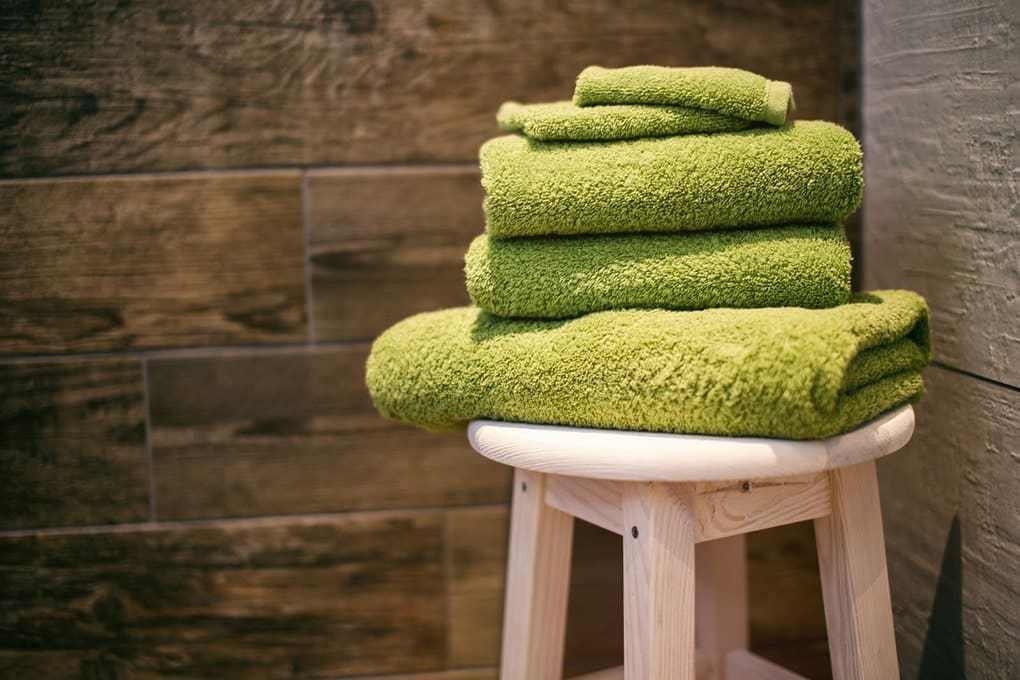
Prevention is always better than cure, and this lesson is one step further to protect your kid from getting a nasty shock they don’t need.
Lesson 3: Don’t Put Drinks Or Liquids On Top Of Electrical Appliances
Another lesson is to remind your children not to leave any drinks, hot or cold, or liquids on top of electrical appliances in general, or at the very least, when they are being charged.
When electrical appliances are being charged, the risk of causing an electrical shock, spark or fire is high since there is a high voltage of electric current surging through the device.
When these electrical devices come into contact with water…you already know what’s going to happen.
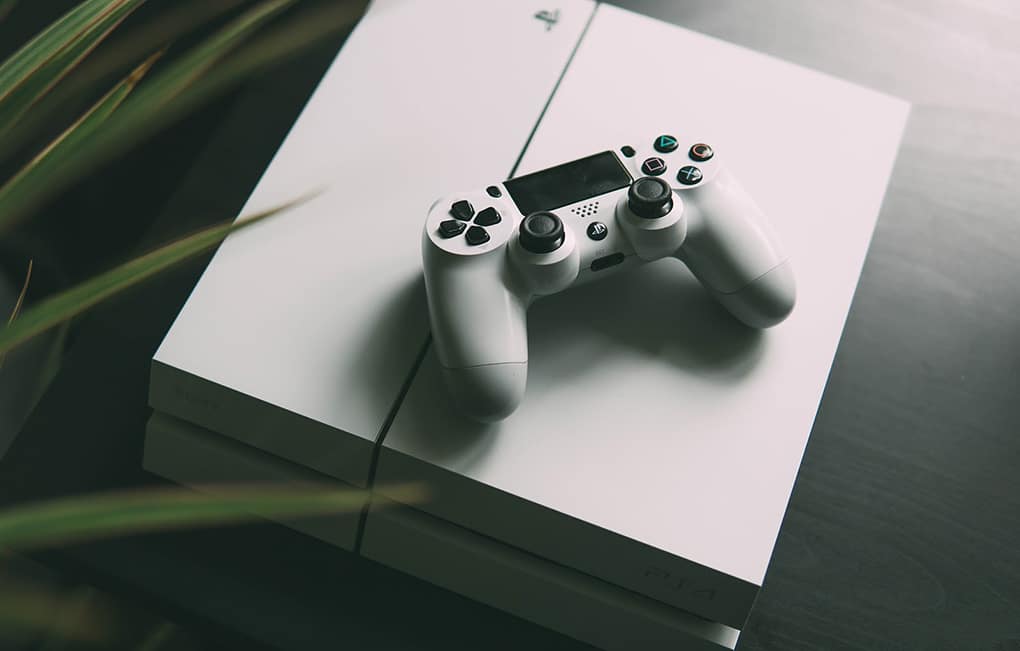
As a general rule of thumb, remind your children again of the dangers of mixing electricity with water, and explain the rationale why they shouldn’t leave any liquids near electrical devices, especially when they are being charged.
The most common examples here are laptops and video game consoles. These are devices that require lots of electricity to charge and pose a high risk.
Lesson 4: Don’t Swim During A Thunderstorm
You already know this – but your child doesn’t.
It’s important that your young ones know that they can’t swim during a thunderstorm.
If they’re old enough to understand, explain to them that lightning is actually pure electricity, and since water is a conductor for it – the pool outside is a perfect magnet.

If you need to, relate to your earlier lessons about water and electricity, and explain to your children how swimming in a pool during a thunderstorm is an even greater danger to look out for.
Lesson 5: Never Stuff Things Into Electrical Sockets – Especially Metals
It’s important that your child understands this: electrical sockets accept nothing other than electric plugs.
The reason for telling them this is simple: it is easier to give them one rule; than to list a gazillion others, which they probably can’t follow!
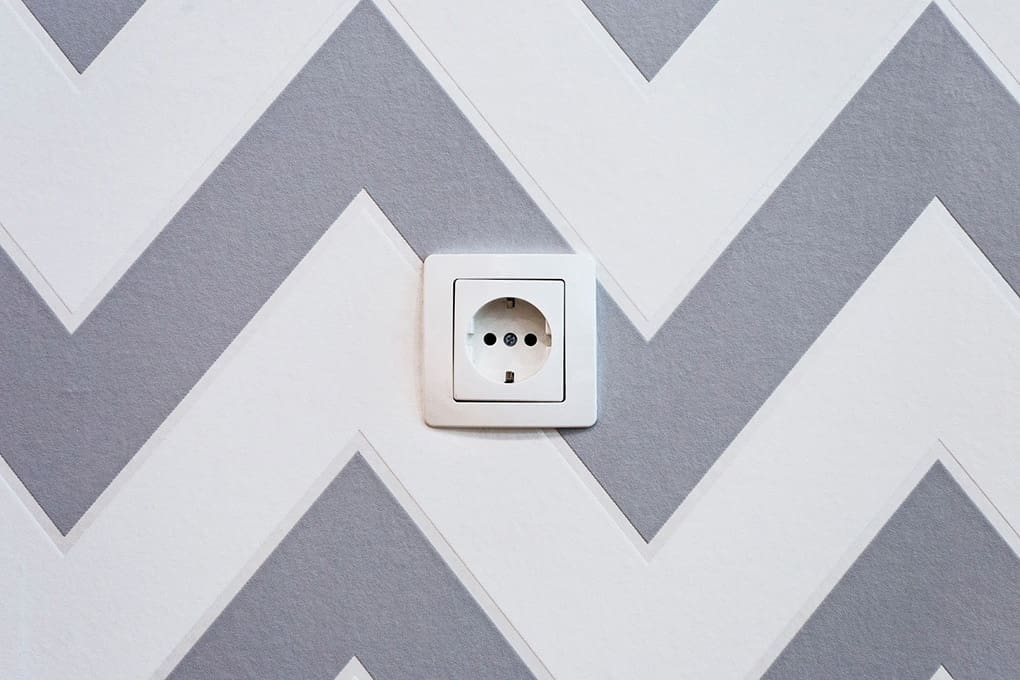
If your child is too young to understand, you can always purchase safety caps at the DIY store to place them in the electric socket holes as a safety precaution.
If you want to take your lesson further, show your child how to pull a plug out safely and securely. Specifically, they should grab the plastic part of the plug that is close to the wall, instead of tugging at the cord in order to avoid breaking or damaging the plug, appliance, or outlet.
The important rule here is that your child should know they should never ever touch the metal part of the plug since it might still contain electricity which might give them a nasty shock.
Lesson 6: Make Sure Your Young Ones Know How To Deal With Electrical Cables, Cords And Sockets
Dealing with electrical equipment is next up on the list, and it’s an important one. Specifically, you should teach them how to deal with electrical cables, cords and sockets.
Firstly, be sure your children know that you shouldn’t overload power boards or adaptors. These items can overheat and cause a fire. In addition, make sure that any extension cord you use has a safety switch so that it trips in case of an electrical fault.
Next, you need to make sure that your kid knows how to spot cords which are faulty or damaged. Letting them know can prevent them from touching an exposed wire, but they can also act as little spotters who alert you to wires you never knew about!
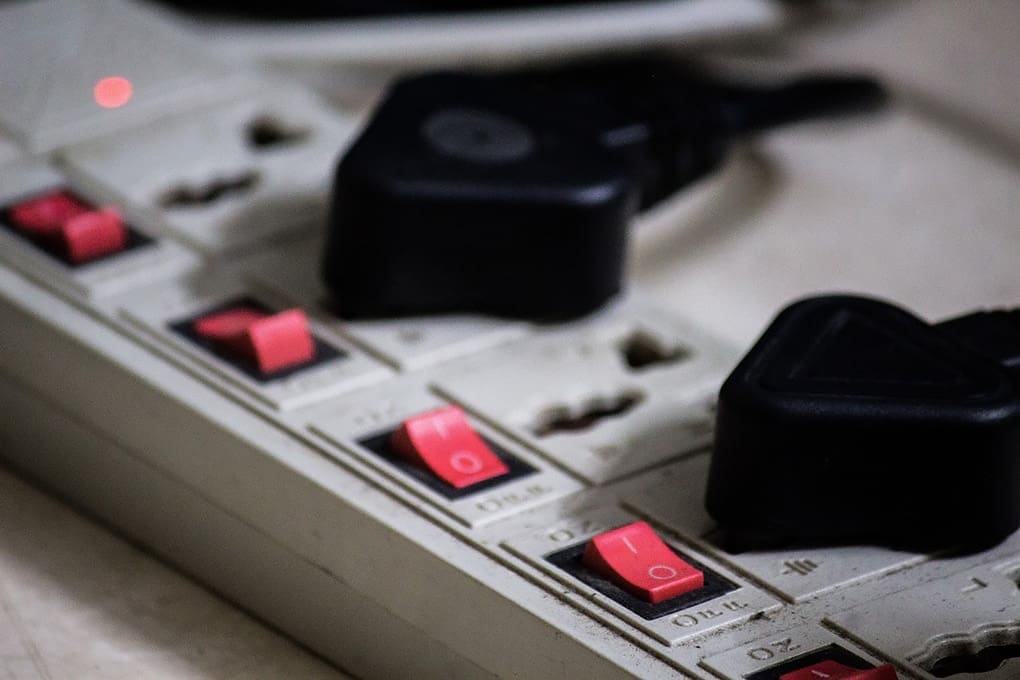
Spotting a worn-out wire is easy. The most common ways to spot a worn-out wire is when the plastic has worn out, or the cables on the cord are visible. If you don’t have a worn-out wire to show your child, quickly search for an image online, and use it as a demonstration!
Teach your child that when they spot a faulty or damaged cord, they shouldn’t touch or handle the cords, and they should inform you immediately.
Electrical items should be cared for when they’re not in use, as much as when they are. Show your kids the importance of switching off their electrical devices, such as TVs, computers, music players or toys when they are not using or charging them, and how it helps to reduce the risk of an electric shock.
Lesson 7: Basic Safety In The Kitchen
We can’t do a comprehensive guide on electrical safety in the house without talking about the kitchen.
When you’re guiding your children, it’s important that they understand how some items can only be used when adults are around to help. Besides the obvious tools like knives or scissors, they should also not use microwaves, ovens and kettles when they are alone.
Let’s go deeper.
If they have to operate these appliances, make sure that they know the basic no-nos, such as no tin foil or metallic objects should ever go into the microwave, as they could trigger an explosion.
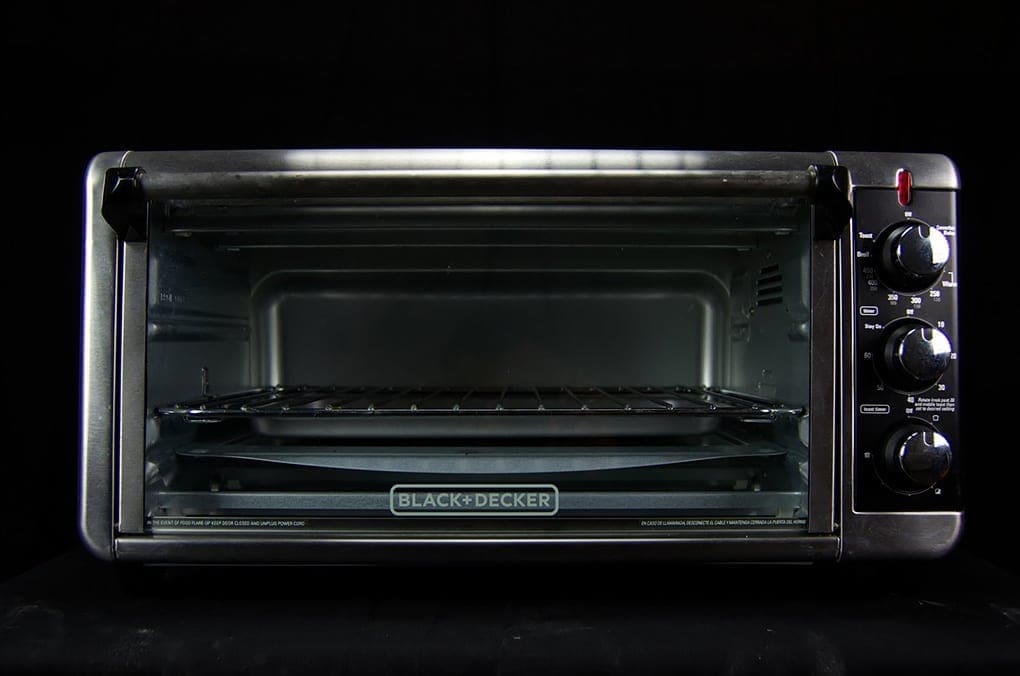
Kids (or anyone for that matter) should also never stick anything metallic into the toaster, such as a fork or spoon. Instead, teach them that they could use a wooden or silicone spoon or tool to pry any food stuck inside.
All in all, knowing about and teaching your kids about the different electrical dangers that are lurking around the house can enhance your children’s and family’s safety. Trust us, it makes all the difference!
Electricity is unpredictable, and the best way to prevent accidents from happening is through education.
The Added Bonus: Let Us Review Your Home’s Electrical Safety Now
If you wish to be absolutely sure of the level of electrical safety in your home, or you’re unsure whether or not your home’s electrical setup is safe for your children, Voltora can help.

It’s important to get your home’s electric setup done the right way so that your family members (especially your kids) are adequately protected.
Voltora’s Electrical Experts are Gold Master Electricians who’ve undergone rigorous training in the field and have years of experience under their belts. We’ve seen every electrical scenario there is, and know the best way electrical setups should be done for everyone’s safety.
Click on this link to start your personalised electrical consultation with a Voltora Electrical Expert right now, and we’ll advise you on the best solutions to get your electrical setup done right.
Lets get started

